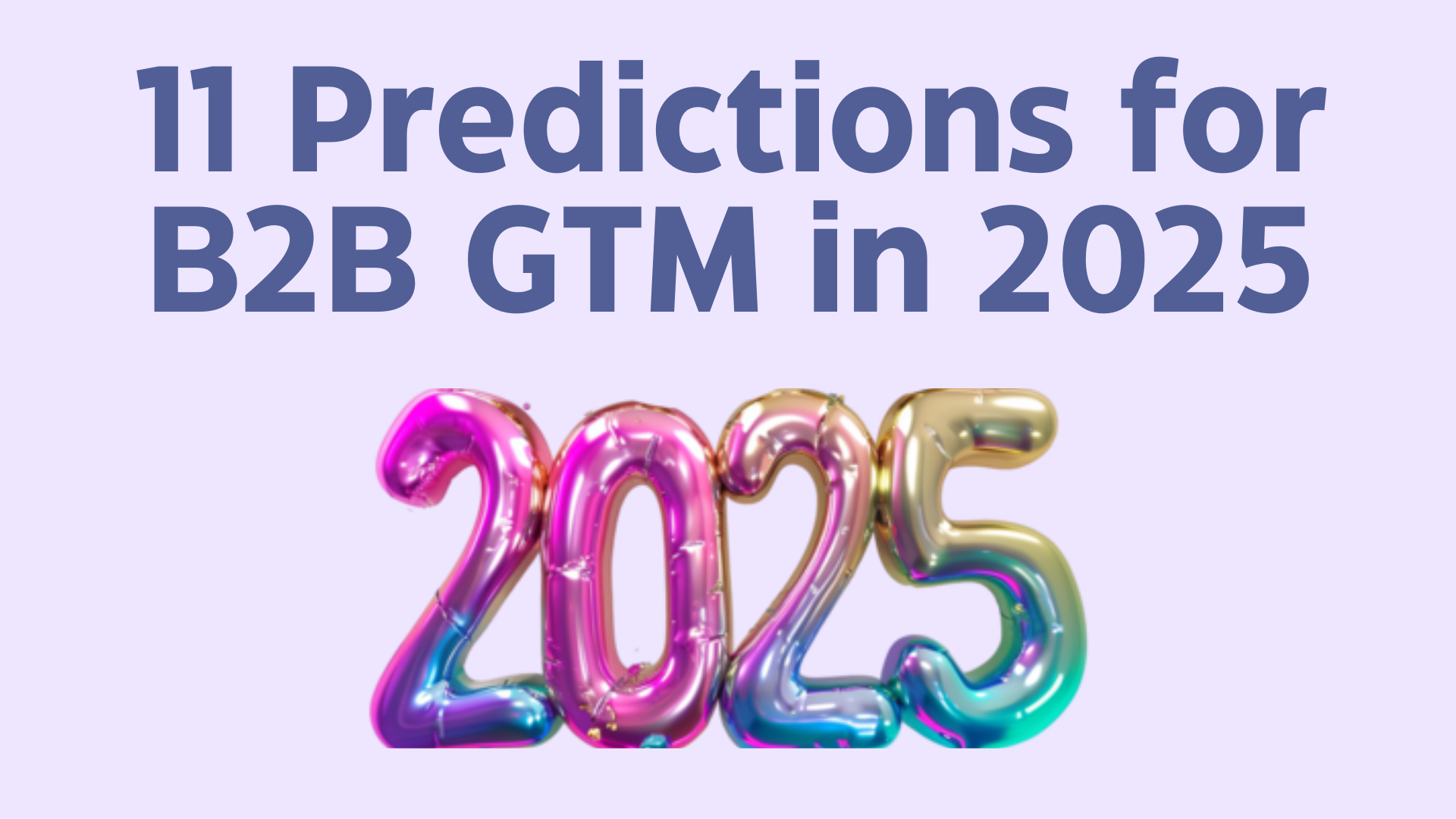“Marketing is not a gumball machine.”
Our addiction to MQLs has led us astray. We've taught people to view marketing as a "budget in, leads out" machine, and became hooked on the sugar rush of MQLs.
By bombarding buyers with unwanted emails and aggressive SDR tactics, we're not building relationships — we're burning them. These short-term tactics might boost MQLs, but they erode trust and hurt the customer experience.
The result over time? Missing pipeline, low SDR productivity, high CMO turnover, and poor alignment.
It's time for a new approach. One that shifts from quantity to quality, from quick wins to long-term relationships. One that treats buyers as people and seeks to help them succeed.
This new approach starts with the fundamentals: product-market fit, positioning, and brand. Get these right, and even an average marketing team can shine. Get them wrong, and no amount of heroic execution will deliver results.
Product-market fit: Your product satisfies a strong market demand and solves an urgent problem.
Positioning: You're differentiated and own a distinct place in the buyer's mind.
Brand: It's how people feel about you when you're not in the room. It's why they choose you over a cheaper alternative.
Driving this change requires a new kind of CMO. One who excels at collaborating with peers, who elevates marketing from a tactical lead gen function to a strategic driver of company growth: The Chief Market Officer.
It also requires new metrics. Brand awareness and reputation. Account engagement. Shared pipeline goals. NRR and NPS. Metrics that align with the new realities of B2B buying.
The old martech stack must evolve too. We need AI-powered solutions that support personalized, adaptive customer experiences while providing marketers with new efficiency and insights.


















